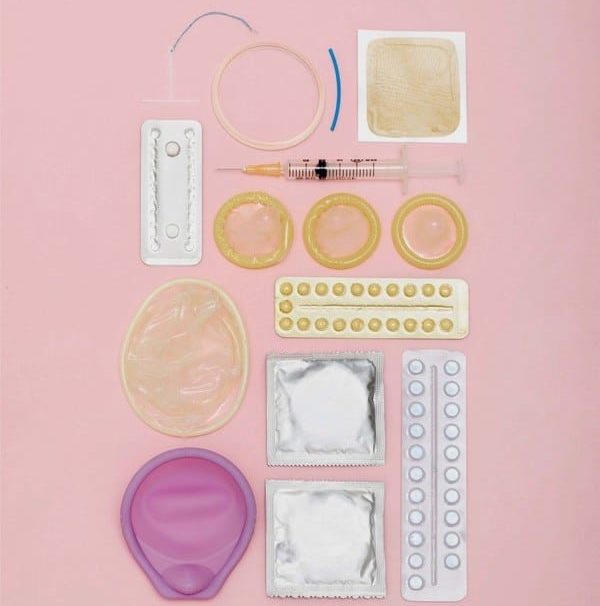
When deciding what birth control method is best for you, it’s essential to know about each type of birth control and how effective they are. But you should also know the possible side effects of each option.
Hormonal Birth Control
The most common forms of hormonal birth control are the pill, patch and ring. The pill, which contains synthetic versions of two essential female hormones called estrogen and progesterone, works by stopping ovulation from occurring. The patch and ring both release synthetic hormones into the body through the skin.
The patch is placed on the lower abdomen, posterior or upper body (not your breasts). The ring is inserted into the vagina. Both of these methods work similarly to the pill by stopping ovulation and thickening cervical mucus.
Possible side effects of hormonal birth control are weight gain or loss, mood changes and nausea.
IUD
An intrauterine device (IUD) is a small T-shaped form of birth control placed inside the uterus. Women can use it to prevent pregnancy for up to 10 years.
IUDs have become increasingly popular among women looking for a long-term solution to their birth control needs. They are safe, cost-effective and reversible. In addition, they don’t require you to remember to take a pill every day.
Some women experience mild bleeding or spotting for the first few months after insertion. It is typically not a cause for concern, as it resolves on its own over time or can be treated with a low dose of oral contraceptive pills.
Rarely, an IUD can perforate the uterus during insertion and may lead to severe infection, sometimes resulting in infertility. This risk is higher in women who have never been pregnant and women who have had children.
The risk of pelvic inflammatory disease (PID) is higher in IUD users than non-users. In addition, the risk of PID increases with each act of intercourse while the IUD is in place. The infection can cause scarring that blocks the fallopian tubes and infertility.
Hormonal Contraceptive Implant
A contraceptive implant is a small, thin, flexible rod inserted in a woman’s upper arm. The three main hormones in the implant are progestogen, estrogen and an anti-androgen which thickens cervical mucus and makes it more difficult for sperm to cross from the vagina into the uterus. It can last for three years. However, it does not protect against sexually transmitted infections (STIs).
Possible side effects include:
- vaginal bleeding;
- headaches;
- breast tenderness and enlargement;
- nausea;
- abdominal pain;
- bloating;
- weight gain.
Sterilization
Sterilization is a permanent method of birth control. Its permanent character makes sterilization a very serious decision, one that people should thoroughly research ahead of time.
According to a study by the National Research Council (US) Committee on Population, there are no important long-term adverse physiological effects of sterilization birth control methods.
Barrier Methods: Male and Female Condoms, Diaphragm and Cervical Cap
Condoms
There are a variety of condoms available, including male and female condoms made of latex or polyurethane. Condoms are very effective at preventing pregnancy. They are also the only method that protects against STIs. However, condoms can break and slip off, so you should use them correctly every time you have sex.
Diaphragms
The diaphragm is a shallow, dome-shaped rubber cup with a flexible rim that fits over the cervix. The diaphragm works by blocking sperm from entering the uterus. It must be used with spermicide each time you have intercourse.
Risks associated with diaphragms include vaginal irritation and urinary tract infections (UTI’s). A diaphragm may also move out of place or be pushed into the vagina, causing a medical emergency. Women who use diaphragms must be examined regularly by a doctor and have annual tests for sexually transmitted diseases (STD/STI).
Cervical Cap
Cervical caps are a type of barrier to birth control. They are dome-shaped caps that fit over the cervix to prevent pregnancy. A cervical cap must be used with a spermicide for maximum effectiveness.
Cervical caps have several risks, including an increased risk of toxic shock syndrome (TSS) in women who are not adequately protected by the cap.
A Parting Reminder
With so many different birth control options available, knowing which one will work best for you can be challenging. Make sure that whichever type of birth control you choose is compatible with your lifestyle and health needs. Always consult a doctor first to find out which form makes the most sense for you and will have the lowest number of side effects for your body.






0 Comments